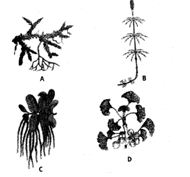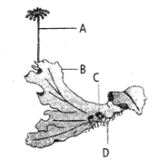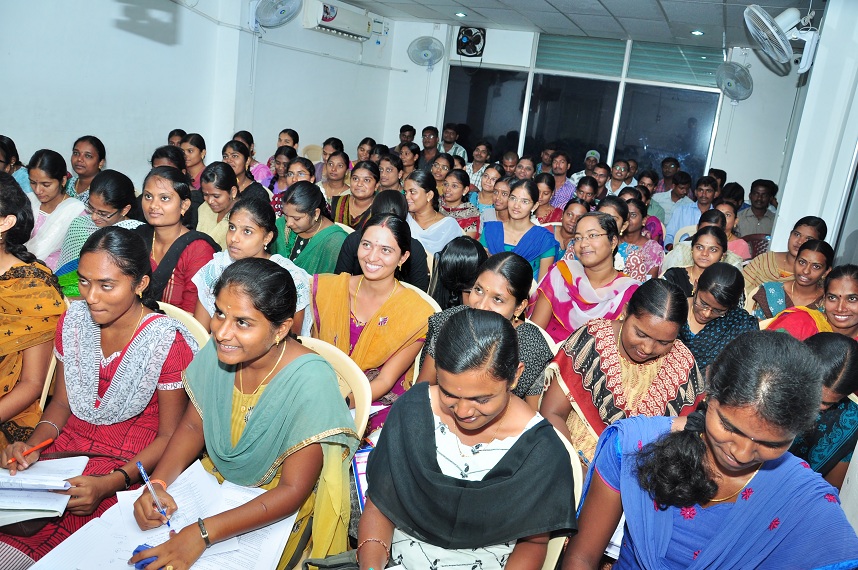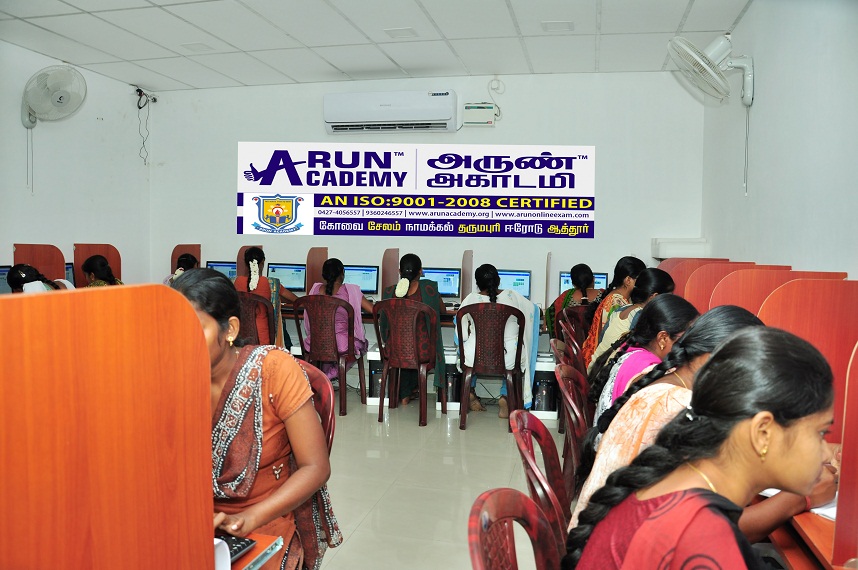- Remaining Timing :-
(1). Which one of the following is monoecious?
- (a). marchantia
- (b). cycas
- (c). pinus
- (d). date plam
- (e). None of these
Answer : pinus
Explanation:
(2). A prokaryotic autotrophic nitrogen fixing symbiont is found in
- (a). alnus
- (b). cycas
- (c). cicer
- (d). pisum
- (e). None of these
Answer : cycas
Explanation:
(3). Archegoniophore is present in
- (a). marchantia
- (b). chara
- (c). adiantum
- (d). funaria
- (e). None of these
Answer : marchantia
Explanation:
(4). Compared with the gametophytes of the bryophytes, the gametophytes of vascular plants tend to be
- (a). smaller but to have larger sex organs
- (b). larger but to have smaller sex organs
- (c). larger and to have larger sex organs
- (d). smaller and to have smaller sex organs
- (e). None of these
Answer : smaller and to have smaller sex organs
Explanation:
(5). Cycas and adiantum resemble each other in having
- (a). seeds
- (b). motile sperms
- (c). cambium
- (d). vessels
- (e). None of these
Answer : motile sperms
Explanation:
(6). Which one of the following is a correct statement?
- (a). pteridophyte gametophyte has a protonemal and leafy stage
- (b). in gymnosperms female gametophyte is free-living
- (c). antheridiophores and archegoniophores are present in pteridophytes
- (d). origin of seed habit can be traced in pteridophytes
- (e). None of these
Answer : origin of seed habit can be traced in pteridophytes
Explanation:
(7). Which one of the following is common to multicellular fungi, filamentous algae and protonema of mosses?
- (a). diplonti life cycle
- (b). members of kingdom plantae
- (c). mode of nutrition
- (d). multiplication by fragmentation
- (e). None of these
Answer : multiplication by fragmentation
Explanation:
(8). Gymnosperms are also called soft wood speramtophytes because they lack
- (a). cambium
- (b). phloem fibres
- (c). thick-walled tracheids
- (d). xylem fibres
- (e). None of these
Answer : xylem fibres
Explanation:
(9). Examine the figures A,B,C and D. in which one of the four options all the items A,B,C and D are correct?
- (a). chara marchantia focus pinus
- (b). equisetum ginkgo selaginella lycopodium
- (c). selaginella equisetum salvinia ginkgo
- (d). funaria adiantum salvinia riccia
- (e). None of these
Answer : selaginella equisetum salvinia ginkgo
Explanation:
(10). Examine the figure given below and select the correct option giving all the four parts (A,B,C and D) rightly identified
- (a). archego- niophore female thallus gemma cup rhizoids
- (b). archego- niophore female thallus bud food
- (c). seta sporophyte protonema rhizoids
- (d). antherid- iophore male thallus globule roots
- (e). None of these
Answer : archego- niophore female thallus gemma cup rhizoids
Explanation:







